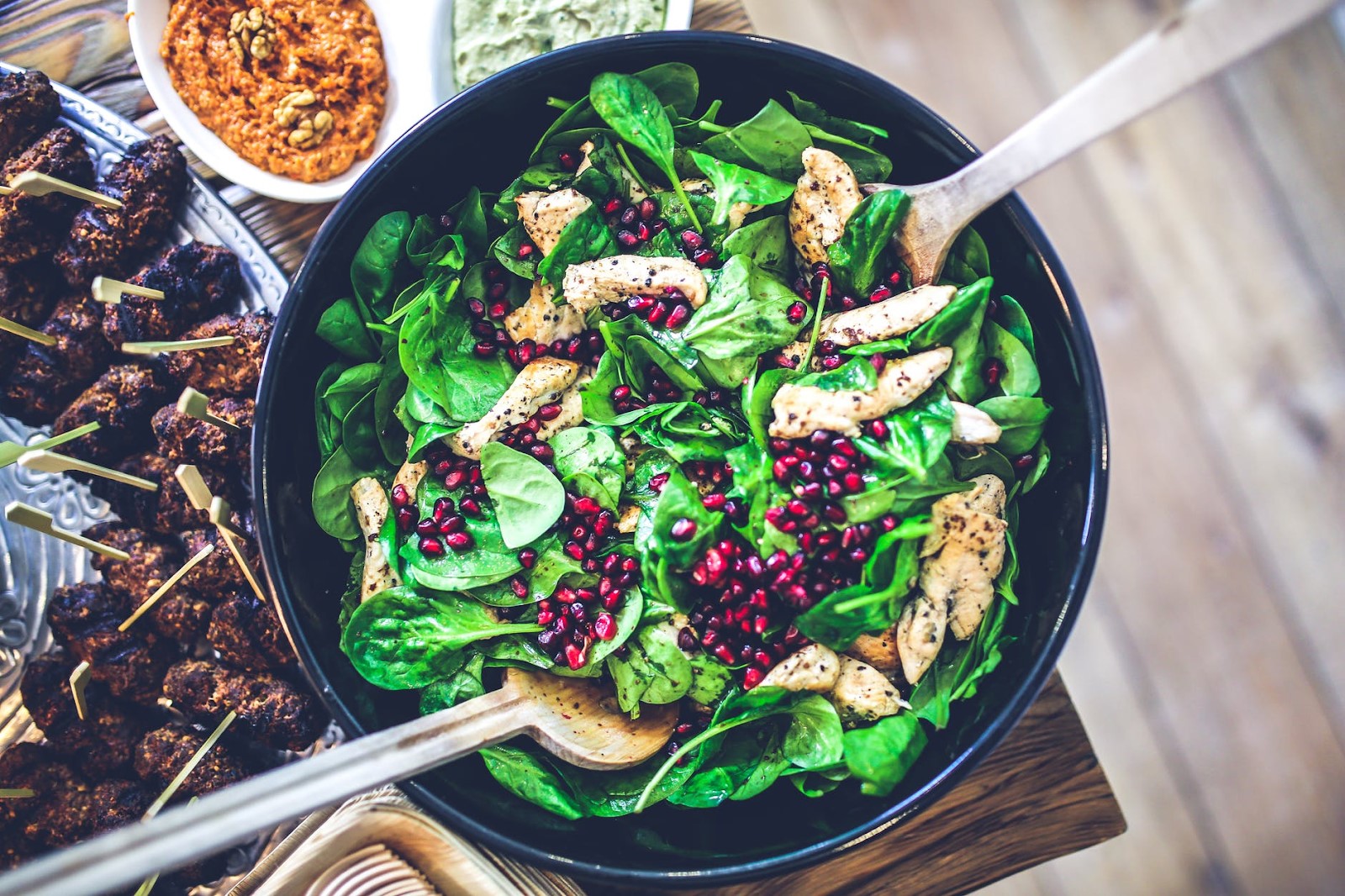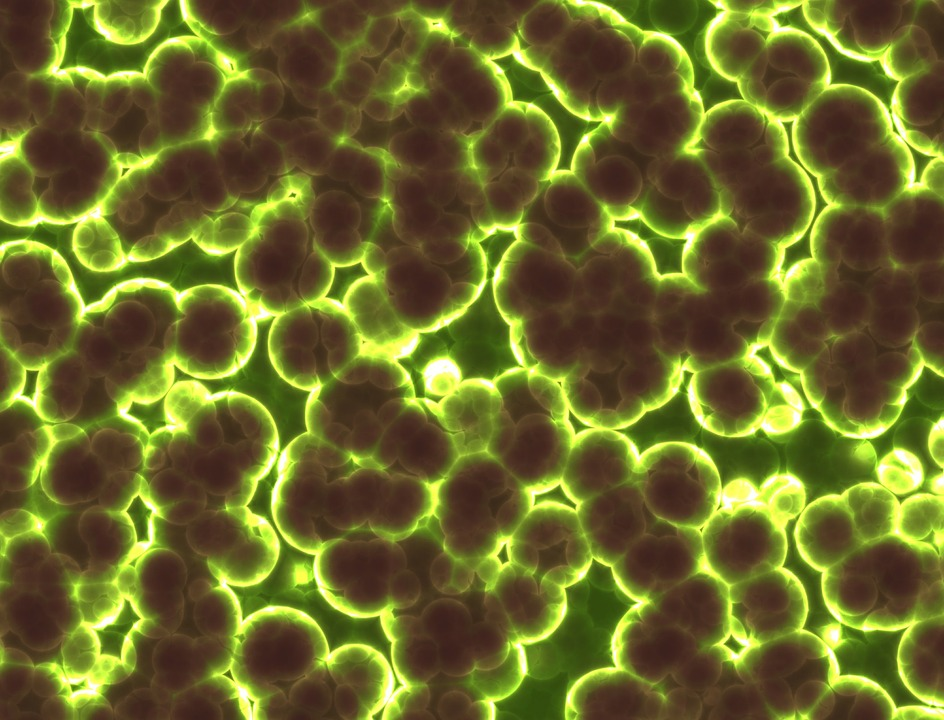In my last post, we looked at some important facts about SIBO—an acronym that stands for small intestinal bacterial overgrowth.
While I explained that antibiotics are a form of SIBO treatment, I also mentioned the importance of changing your diet to fight SIBO and restore digestive health.
In this article, we’re picking up that thread—focusing on a SIBO diet that may help address the unhealthy bacteria that’s creating your painful symptoms.
Without further ado, let’s dive in…
What Is a SIBO Diet?
To be perfectly clear, there isn’t a single SIBO diet.
In fact, there are several diets you can use to treat your SIBO symptoms. However, for the purposes of this article, we’re going to focus on one of the diets listed by the NUNM SIBO Center—the Low FODMAP Diet.
Monash University explains that its researchers created the Low FODMAP Diet to help patients with irritable bowel syndrome (IBS).
In case you’re wondering, the Monash researchers used FODMAP as an acronym for the following terms:
- Fermentable
- Oligosaccharides
- Disaccharides
- Monosaccharides
- And
- Polyols
Sound confusing?
Don’t worry about the scientific jargon. The University makes it simple to understand this acronym, explaining that…
FODMAPs are a collection of short-chain carbohydrates (sugars) that aren’t absorbed properly in the gut…
Why Try the Low FODMAP Diet?
At this point, you might be wondering why we’re highlighting a diet originally intended for IBS patients.
That’s a good question.
The NUNM SIBO Center explains that “high FODMAP carbohydrate foods can ferment in the gut and feed a bacterial overgrowth.”
What’s more, if you do a bit of research, you’ll find sources that talk about using the Low FODMAP Diet to starve your SIBO bacteria.
If you have SIBO, you certainly don’t want to provide the unhealthy bacteria in your small intestine a free lunch. And that’s why you should give the Low FODMAP Diet a try.
How Long Does This SIBO Diet Last?
As its name implies, the Low FODMAP Diet has the goal of making sure your nutrition is low in unhealthy carbohydrates.
The problem is, there are many healthy foods that contain carbs (apples, for instance). So you might be getting a bit nervous about whether this SIBO diet will excessively restrict your eating habits.
Breathe a big sigh of relief—I’ve got good news.
Monash University explains that the Low FODMAP Diet…
- Is designed to heal your gut.
- Will allow you to reintroduce restricted foods.
- Is only recommended for 2 to 6 weeks.
The University further explains that a long-term, strictly followed Low FODMAP Diet can harm your good gut bacteria. That’s why you should follow this diet as the researchers intend…and avoid taking their instructions to an extreme.
What Can I Eat on the Low FODMAP Diet?
Here at CNHC, we’re all about helping our patients enjoy healthy fruits and vegetables. But here’s what you need to realize…
When it comes to the Low FODMAP Diet, some fruits and vegetables will temporarily be off your shopping list.
Even if you’re familiar with other gut-healing diets (such as the Paleo diet or the AIP diet), you can’t make assumptions about what is low FODMAP…and what isn’t.
Here are some high FODMAP foods listed by Monash University that might surprise you:
- Artichoke
- Asparagus
- Garlic
- Onion
- Apples
- Cherries
- Mango
- LegumesAs you can see, your best guide isn’t your intuition.
I’d recommend obtaining a list of foods you can and cannot eat from a reliable source. Below are a few resources that list both low and high FODMAP foods to help you change your diet for the better:
- The Monash University Low FODMAP Diet™ Guide
- The FODMAP Food List from IBS Diets
- Dr. Allison Siebecker’s SIBO Specific Diet: Food Guide
Whether you’re struggling with SIBO, IBS, or another gut health issue, the first step toward regaining your health is getting a basic understanding of your digestive system. To do just that, head over here to read my article on digestive system mechanics.




